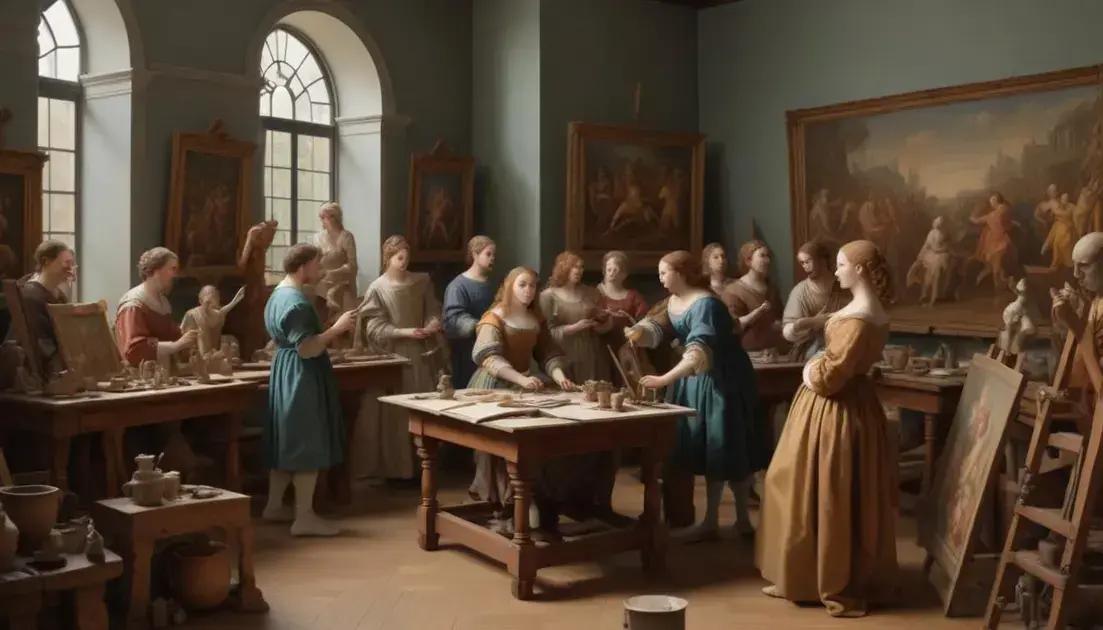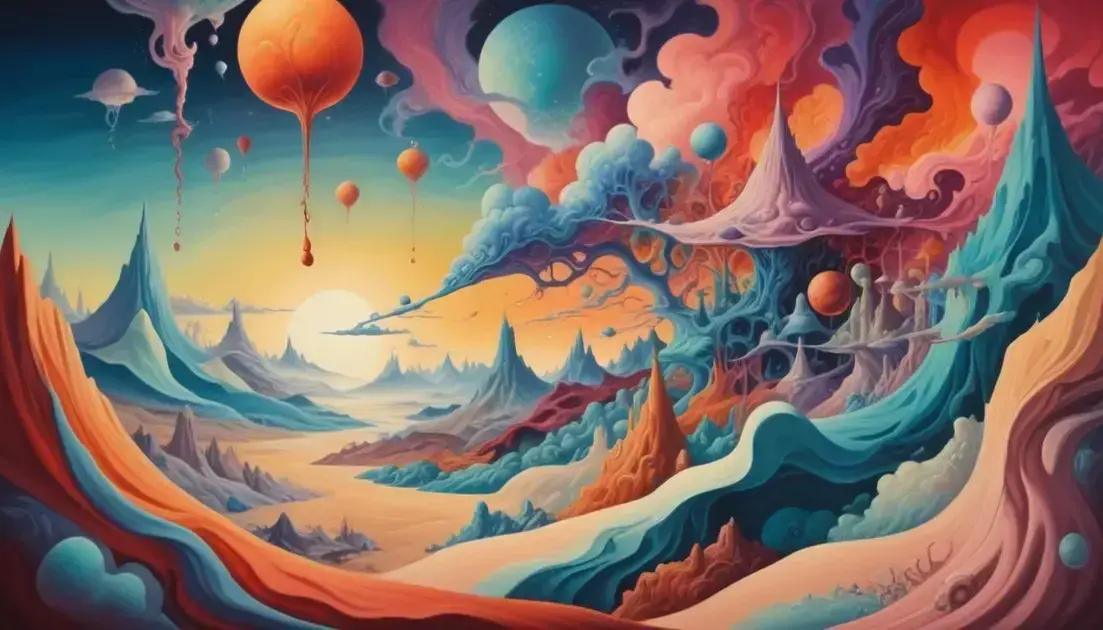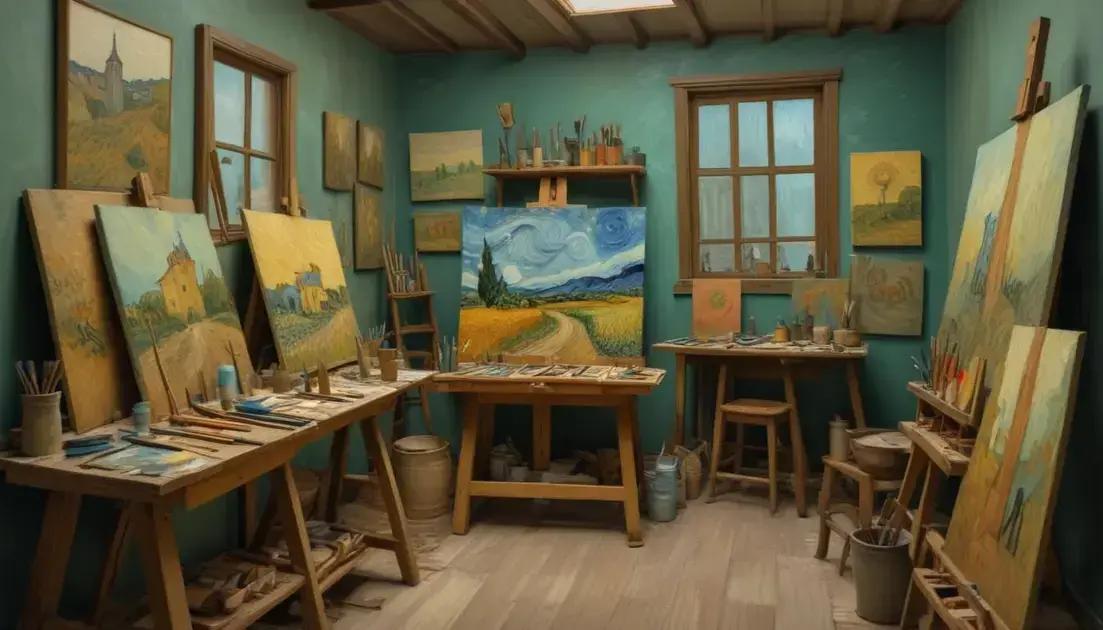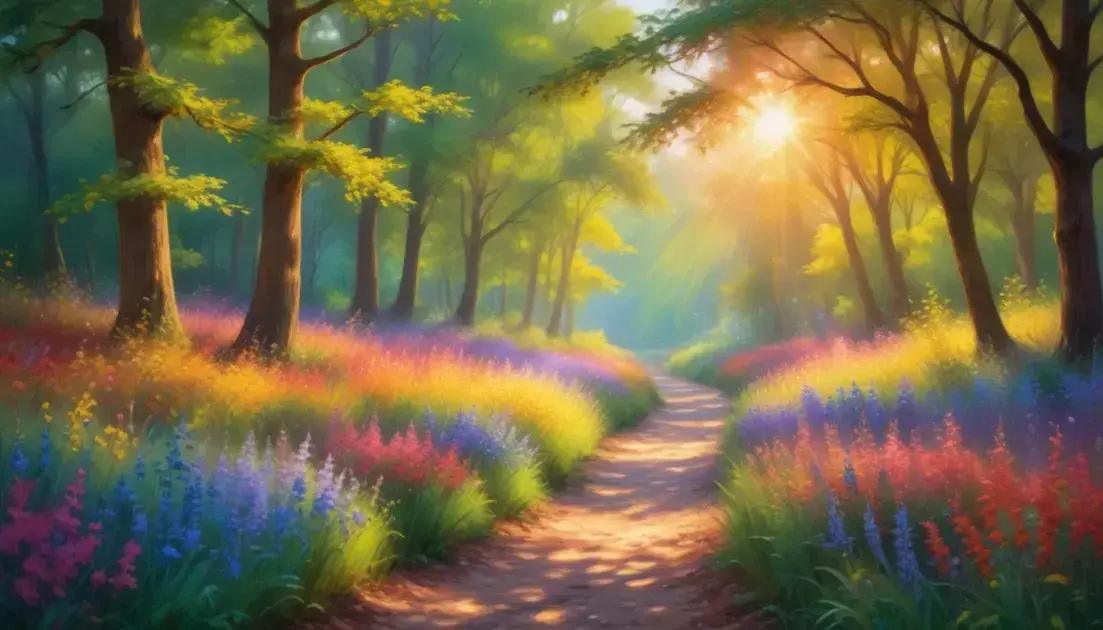
Renaissance: The Rebirth of Art and Thought
The Renaissance was a transformative period that reshaped art, science, and society from the 14th to the 17th century. Key figures like Leonardo da Vinci and Michelangelo set new artistic standards, while humanism emphasized the importance of individual potential. This era also spurred advancements in scientific inquiry and political thought, influencing modern culture profoundly. The legacy of the Renaissance fosters creativity and critical thinking, making it a pivotal chapter in human history.
Renaissance signifies a fascinating period of rebirth in art and thought, capturing a unique transformation in human creativity. Are you ready to explore this vibrant time?
The Origins of the Renaissance
The Renaissance began in the 14th century in Italy. This period marked a huge change in art, culture, and thought. It was a time when people started to look back at the ideas of ancient Greece and Rome. Artists and thinkers drew inspiration from these classic works.
Key Factors in the Origins
A few key factors led to the rise of the Renaissance. Firstly, the cities of Italy became wealthy from trade. This wealth allowed patrons to support artists and writers. Secondly, the fall of Constantinople in 1453 brought many Greek scholars to Italy. They shared their knowledge and sparked a new interest in classical learning.
The Role of Humanism
Humanism played a big part in the Renaissance. It was a movement that focused on human potential and achievements. Thinkers like Petrarch emphasized the importance of studying the classics. They believed that understanding past ideas could help people improve in the present.
Artistic Developments
Artists like Leonardo da Vinci and Michelangelo emerged during this time. They used new techniques to create more realistic works. Chiaroscuro, the use of light and shadow, became popular. This made their paintings come to life. Sculptors also began to focus on human anatomy to achieve greater realism.
The Renaissance was not just about art, though. It changed how people thought about themselves and their place in the world. Scholars began to ask questions about science and philosophy. This shift in thinking led to many discoveries and changes in society.
In short, the Renaissance emerged from a mix of wealth, classical influence, and new ideas. This exciting period laid the foundations for modern culture and art.
Key Figures in Renaissance Art
During the Renaissance, many great artists changed the world of art. These key figures are still famous today for their incredible talents. Artists like Leonardo da Vinci and Michelangelo were true stars of this period.
Leonardo da Vinci
Leonardo da Vinci was not just a painter; he was a scientist and inventor too. His most famous work, the Mona Lisa, has a mysterious smile that fascinates many. He used techniques like sfumato, which creates soft transitions between colors. This gave his paintings a lifelike quality.
Michelangelo Buonarroti
Another giant of the Renaissance was Michelangelo. He was a master at sculpture and painting. His statue of David shows the human body in perfect detail. Michelangelo also painted the ceiling of the Sistine Chapel, which is considered a masterpiece. The scenes in the chapel tell stories from the Bible and inspire awe.
Raphael
Raphael was known for his beautiful paintings and graceful compositions. His works often show harmony and balance. One of his most famous paintings is The School of Athens, which features many great thinkers of the past. It reflects the values of the Renaissance, highlighting humanism and learning.
Titian
Titian was a leading figure in Venetian painting. He was known for his use of color and dramatic poses. His portraits and mythological scenes are full of emotion and life. Titian’s work helped pave the way for future artists.
These key artists not only produced stunning works, but they also inspired generations with their innovative ideas. Each contributed to a rich artistic legacy that still influences us today.
Impact on Modern Culture
The Renaissance had a big impact on modern culture. It changed how people viewed art, science, and even society. This period challenged old beliefs and encouraged new thinking.
Art and Literature
Renaissance art inspired future generations. Artists used techniques that made their work look more realistic. This trend continued into modern art. Writers, influenced by themes from this time, created stories and poems that explored human emotions and experiences.
Science and Innovation
The Renaissance spurred major advances in science. Thinkers like Galileo and Copernicus studied the universe in new ways. They questioned established ideas and changed how we understand the world. This emphasis on observation laid the groundwork for modern science.
Humanism in Education
Humanism, which focused on human potential, also influenced education. Schools began to teach subjects like literature, philosophy, and history. This shift helped promote critical thinking. Today, these subjects remain core to learning across the globe.
Political Thought
The Renaissance introduced new ideas about government and society. Thinkers like Machiavelli questioned traditional authority and discussed power dynamics. His writings still prompt discussions about leadership and responsibility in politics today.
Overall, the Renaissance left a lasting mark on culture. Its effects can be seen in our arts, sciences, education, and even politics. Today, we enjoy a rich cultural heritage shaped by this powerful era.
The Legacy of the Renaissance
The legacy of the Renaissance is still felt today in many areas of life. This period changed the way people think about art, science, and culture. It left us with new ideas that continue to shape our world.
Influence on Art
Renaissance art set new standards for beauty and realism. Artists used techniques that changed how we view paintings and sculptures. The focus on human emotion and experience started a movement that continues to inspire artists.
Advances in Science
The Renaissance also marked a turning point in science. Thinkers like Leonardo and Galileo encouraged people to observe and question. This laid the groundwork for modern science. Today, scientific methods are built on ideas from this era.
Impact on Education
The flood of knowledge during the Renaissance changed education. Schools began teaching subjects like literature and philosophy. This emphasis on humanism remains important in education systems worldwide.
Political Ideas
Renaissance thinkers also explored new ideas about government. Their discussions about power and authority still apply today. Concepts like democracy and individual rights have roots that trace back to this period.
Lastly, the Renaissance ignited a sense of curiosity and creativity. Its spirit lives on in our quest for knowledge and the arts. Without this movement, our modern culture would look very different.
Conclusion
In conclusion, the Renaissance was a remarkable time that changed art, science, and thought. The ideas from this period still influence us today. Artists like Leonardo da Vinci and Michelangelo set new standards that inspire creativity. Meanwhile, scientific advances paved the way for modern discoveries.
Also, the focus on humanism changed education and how we think about society. The discussions about power and government echo in our politics today. Overall, the legacy of the Renaissance encourages curiosity, innovation, and a passion for learning.
As we reflect on this vibrant era, let’s remember the importance of creativity and exploration in our lives. The Renaissance taught us that by looking to the past, we can shape a brighter future.


